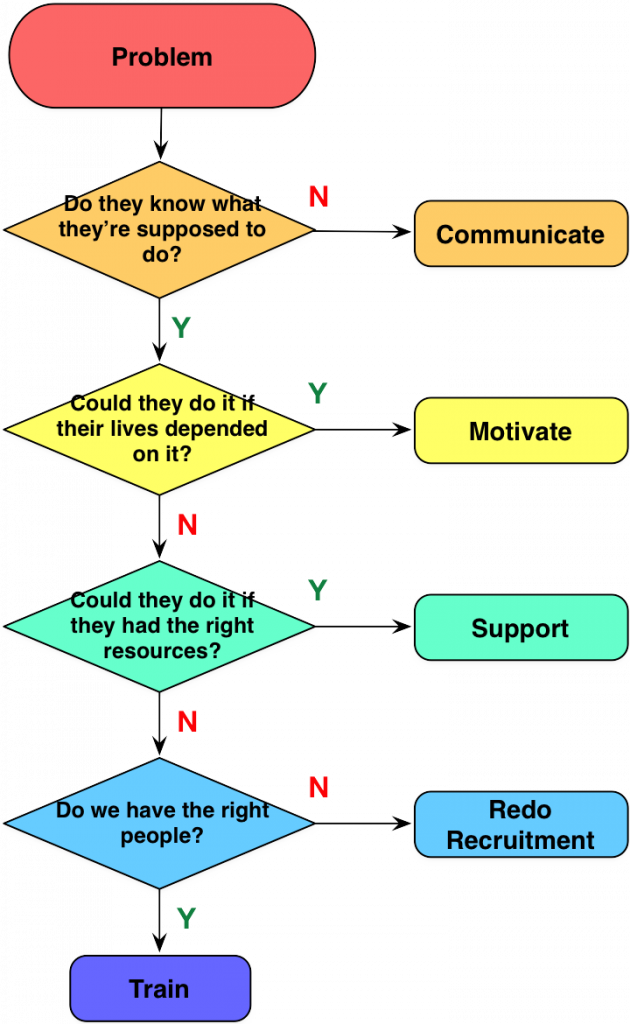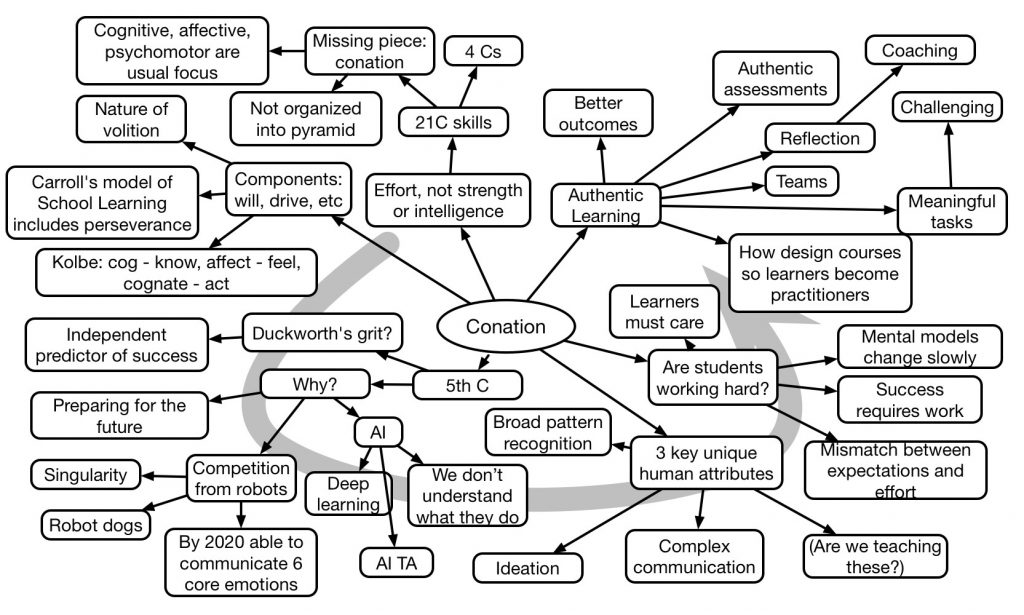The end of the calendar year, although arbitrary, becomes a time for reflection. I looked back at my calendar to see what I’d done this past year, and it was an interesting review. Places I’ve been and things I’ve done point to some common themes. Such are the nature of reflections.
One of the things I did was speak at a number of events. My messages have been pretty consistent along two core themes: doing learning better, and going beyond the course. These were both presented at TK17 that started the year, and were reiterated, one or the other, through other ATD and Guild events.
With one exception. For my final ATD event of the year, I spoke on Artificial Intelligence (AI). It was in China, and they’re going big into AI. It’s been a recurrent interest of mine since I was an undergraduate. I’ve been fortunate to experience some seminal moments in the field, and even dabble. The interest in AI does not seem to be abating.
Another persistent area of interest has been Augmented Reality (AR) and Virtual Reality (VR). I attended an event focused on Realities, and I continue to believe in the learning potential of these approaches. Contextual learning, whether building fake or leveraging real, is a necessary adjunct to our learning. One AR post of mine even won an award!
My work continues to be both organizational learning, but also higher education. Interestingly, I spoke to an academic audience about the realities of workplace learning! I also had a strategic engagement with a higher education institution on improving elearning.
I also worked on a couple of projects. One I mentioned last week, a course on better ID. I’m still proud of the eLearning Manifesto (as you can see in the sidebar ;). And I continue to want to help people do better using technology to facilitate learning. I think the Quinnov 8 are a good way.
All in all, I still believe that pursuing better and broader learning and performance is a worthwhile endeavor. Technology is a lovely complement to our thinking, but we have to do it with an understanding of how our brains work. My last project from the year is along these lines, but it’s not yet ready to be announced. Stay tuned!


